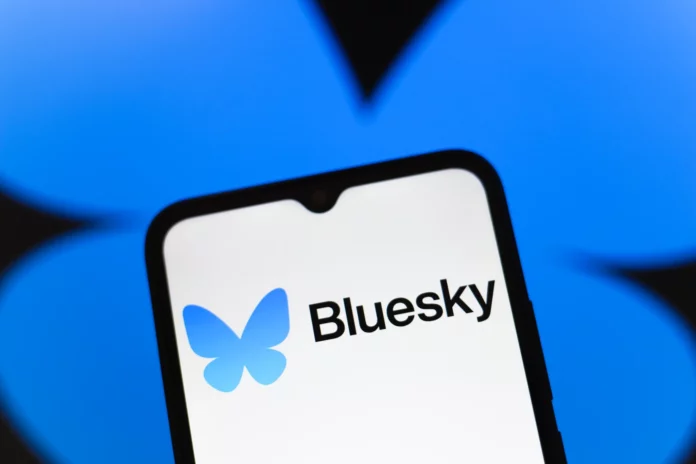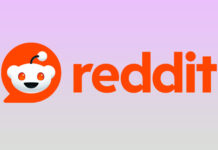On Thursday, Bluesky quietly opened the door for those who want to be verified on its social network. In a post published on the Bluesky Safety page, the company announced that “known and trusted” accounts can now apply for verification through a new online form.
Additionally, organizations can apply to become a Trusted Verifier to gain access to tools that allow them to verify others. Last month, Bluesky began testing this feature with a small number of organizations, including The New York Times, Wired, and The Athletic.
For some Bluesky users, the blue verification icon is not a welcome addition, as it reminds them of the influence chase that took place on Twitter (now X). For Twitter users, verification became a sought-after status symbol before becoming a paid service for followers under current owner Elon Musk. It was a two-tiered system where some people were considered more important or visible than others.
However, Bluesky’s approach to verification relies on other systems that go beyond the blue badge. In addition to outsourcing verification to trusted verifiers other than the company itself, users can also verify themselves by setting a domain as their username – as NPR did with its @npr.org account. To date, more than 270,000 accounts have already switched to domain-based verification.
It is less clear how Bluesky will verify applications from those who request verification.
The company’s online form lists some basic requirements, such as accounts must be active, complete (with a completed bio, profile photo, etc.), and secure. They must also represent a “real person, registered business, organization, or legal entity” and include a link to any official website, if one exists.
However, when it comes to who or what is considered notable, the criteria are less clear.
Bluesky says that notable accounts must be prominent in their “industry and geographic region” and that the company will take into account various indicators of prominence, such as “professional recognition, coverage in reputable publications, presence on trusted reference platforms, or other evidence of public interest.” There may be other specific requirements related to specific categories of verification, but Bluesky does not document what these requirements are.
“We take into account the overall context and social value of each account,” the form says. “Please provide links and evidence to help us ensure that your account meets the criteria for significance.”
The company says that it will not respond to users if their account is not selected for verification, which means that someone will have to scan incoming requests to make sure that no celebrity or other famous figure slips through the cracks.
The introduction of verification could have an impact on Bluesky’s culture, which has so far been different from social networks like Twitter/X and Threads, which prioritize some users over others. Perhaps the announcement would have been better received if it had come after a wider network of Trusted Verifiers, organizations independent of Bluesky, had been established. This would have more clearly reflected Bluesky’s goal of not being a centralized authority.
Elsewhere in the ecosystem, a forked version of Bluesky called Deer.Social has taken a more democratic approach to verification – it allows anyone to choose who they trust as a verifier. They can then see the accounts that the trusted verifier has also verified across the network. This way, everyone can verify others or be verified themselves, without the need for a central authority. In other words, those who are not satisfied with Bluesky’s version of verification already have another choice.









